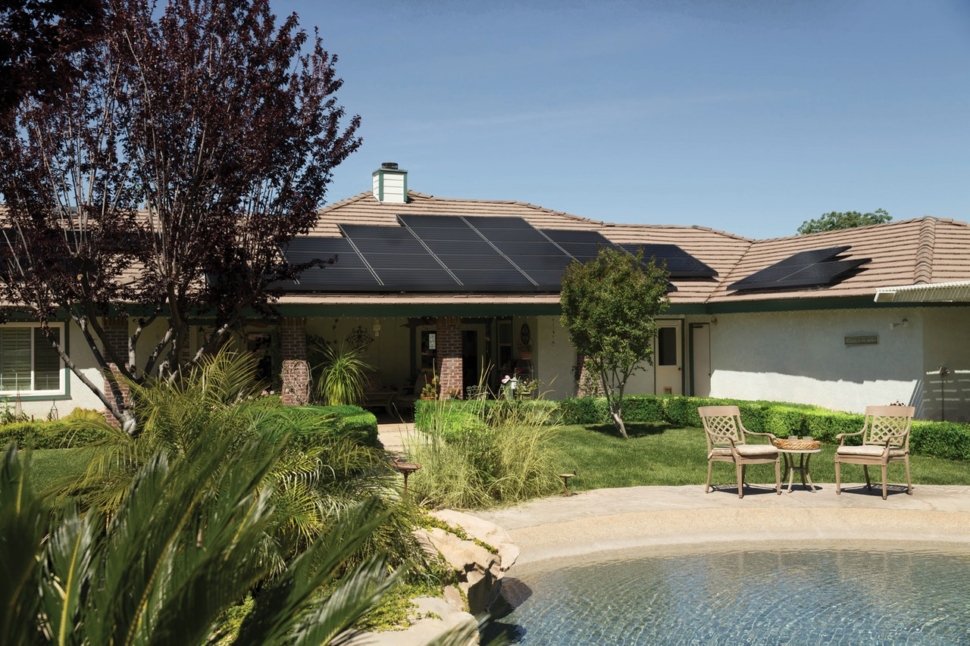Some of the known advantages of solar energy include saving money on utility bills, reducing your carbon footprints, and improving your home’s value. While most homeowners can benefit from installing solar panels, some roof styles, locations, and other factors affect the amount of energy you can generate. If you are planning to install a home solar system, review these factors to help you estimate your energy generation and savings potential.
· Your roof condition, material, and layout
One of the best advantages of installing solar panels is their durability. Most of the home solar systems can last for three decades or more. However, when you have asphalt roofs, they need to be in excellent condition before installing panels because their lifespan is only around twenty years.
Along with the condition of your roof, consider its layout, materials, and direction. Some companies may charge additional fees if they install on flat, concrete, or ceramic tile roofs, due to a more complex installation.

· Your home location
The golden rule is, the more sun shines on your solar panels, the more energy they can generate. If you happen to live in the South or Southwest, you have the best opportunity to produce electricity.
Along with the location of your home, determine your home’s orientation. Roofs that are facing south, southeast, and southwest will produce the most energy for households above the equator. In contrast, roofs that are facing north can be harder to work with. Ensure that there are no tall objects like trees or satellite dishes on your roof, as they could hinder energy production.
· Your panel options
The most popular choice for solar panels is roof-mounted. However, you may also consider a ground-mounted array. These systems can be installed anywhere on your property, making them ideal for those who have north-facing roofs. The only downside of ground-mounted array panels is they are expensive and require more labor and materials.
You may also choose to mount your panels with a tracker to follow the sun. With this setup, your array can produce more power.
· Your rebate eligibility
Solar installation costs can be reduced through rebates and tax credits. However, you may be required to purchase from a particular company or complete some paperwork within a certain amount of time.
Beyond the federal tax credit, a lot of states offer incentives like some utility companies. You can ask your solar installer to provide information on state rebates.
· Your financing options
There are a lot of factors to consider when getting the total cost of installing a solar array. It includes the type of panels, the size of the system, and the company. Paying upfront is usually the simplest payment method. However, if you don’t have enough cash on hand, solar loans can be your option. Like with other loans, you pay a small down payment initially and cover the remainder of the loan through monthly fees.
If you didn’t qualify for a solar loan and you lack some funds, you can lease a solar array. In this setup, the solar company owns the panel, and you’ll pay a small rental fee.
Do your research properly to make sure you’re getting the best decisions. Accomplishing this checklist means a step closer to enjoying the sustainability and savings of solar panels.
